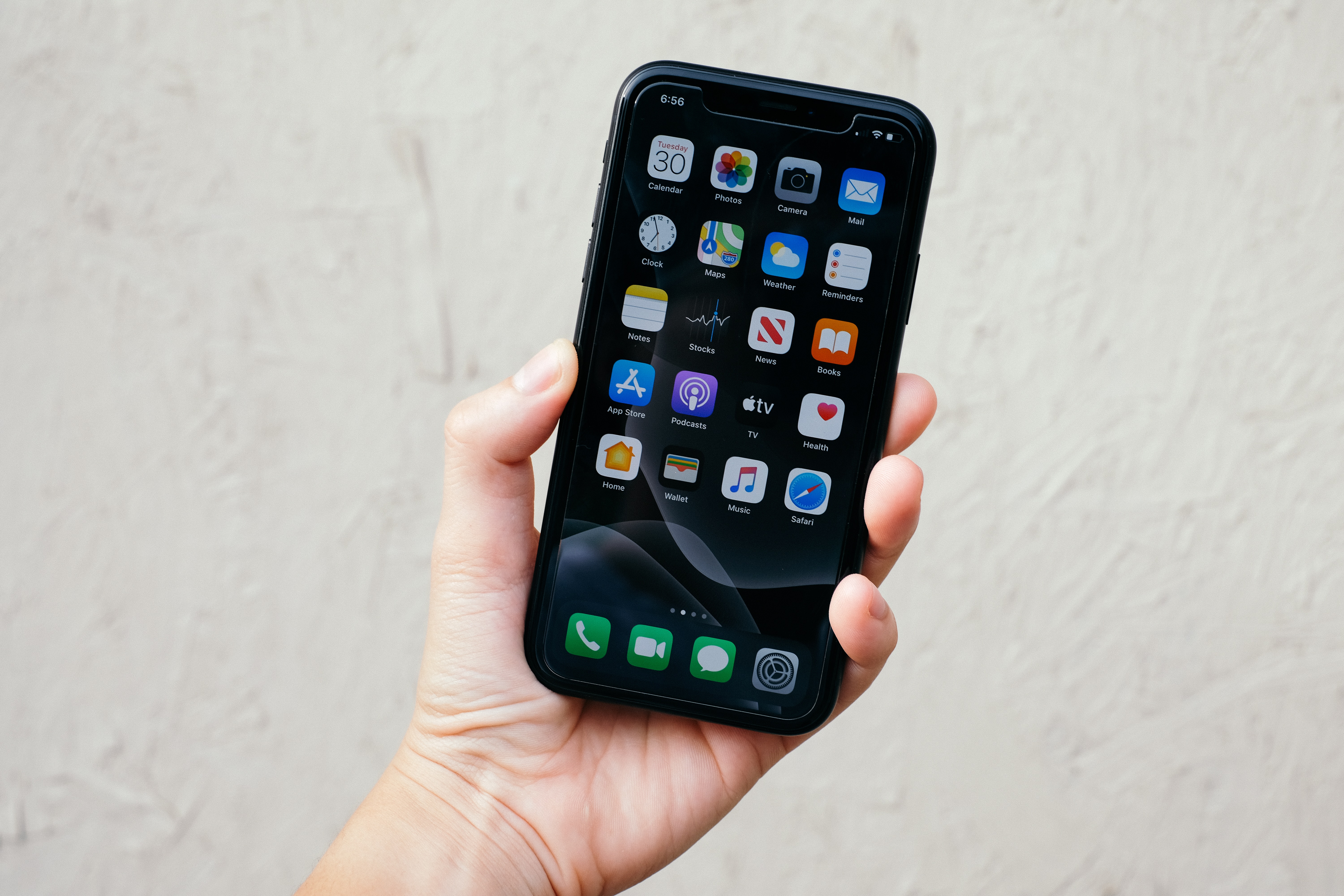
Your smartphone is more than just a device. It's a companion that goes everywhere with you, helping you stay connected with friends, family, and the world. But like all things, a smartphone has a lifecycle. Understanding this lifecycle can help you make informed decisions about when to upgrade, sell, or recycle your device. Plus, it can give you a new appreciation for the buyback process and its role in the smartphone lifecycle.
The lifecycle of a smartphone begins long before you ever see it in a store. It starts with the design process, where engineers and designers come up with the blueprints for the phone. They decide what features it will have, how big it will be, what kind of processor it will use, and more.
Next comes manufacturing. This is where the phone is actually built. It involves many steps, from assembling the hardware to installing the software. Once the phone is built, it's tested to make sure it works properly. Then it's packaged up and shipped to stores around the world.
The next stage in the smartphone lifecycle is the purchase. This is when you, the customer, come into the picture. You might buy the phone from a store, online, or through your phone carrier. Either way, once you've made the purchase, the phone is yours to use and enjoy.
Now comes the part of the smartphone lifecycle that you're probably most familiar with: daily use. This is when you use your phone to make calls, send texts, browse the internet, take photos, and more. During this stage, you might also download apps, update your software, and customize your settings.
Over time, you might notice that your phone doesn't work as well as it used to. Maybe the battery doesn't last as long, or the phone doesn't run as smoothly. This is a normal part of the smartphone lifecycle. As the phone gets older and the software becomes more advanced, the hardware can struggle to keep up.
When your phone starts to show signs of age, you might decide to trade it in or sell it. This is where the buyback process comes in. Companies like Tech Reboot will buy your old phone from you, giving you cash or credit towards a new device. This is a great way to offset the cost of a new phone. Plus, it's better for the environment than simply throwing your old phone away.
The buyback process is pretty straightforward. You'll provide details about your phone, like its make, model, and condition. Then you'll get a quote for how much the company will pay you for it. If you accept the offer, you'll send in your phone, and the company will inspect it to make sure it matches your description. Once everything checks out, you'll get your payment.
Once a company buys back your old phone, it doesn't just disappear. Instead, it enters the next stage of the smartphone lifecycle: refurbishing or recycling.
If your phone is still in good condition, it might be refurbished. This means it's cleaned, repaired if necessary, and reset to factory settings. Then it's resold, giving it a second life with a new owner.
If your phone is too old or damaged to be refurbished, it will be recycled. This means it's broken down into its individual parts. Some of these parts might be reused in other devices. Others are recycled, helping to recover valuable materials and reduce e-waste.
So there you have it: the lifecycle of a smartphone, from design and manufacturing, through to daily use, buyback, and finally, recycling or refurbishment. Understanding this lifecycle can help you appreciate the journey your device has been on and its potential future after you decide to upgrade.
The buyback process plays a crucial role in this lifecycle, offering a sustainable way to manage old devices. Companies like Tech Reboot make this process easy and rewarding, giving your device a chance at a second life or ensuring its components are recycled responsibly.
So, the next time you think about upgrading your phone, consider the buyback option. Not only does it help your pocket, but it also contributes to a more sustainable and environmentally friendly approach to smartphone use. The lifecycle of a smartphone doesn't have to end when you're done with it. Through buyback and recycling, old devices can find new life or give life to new products, completing the circle in the lifecycle of a smartphone.

